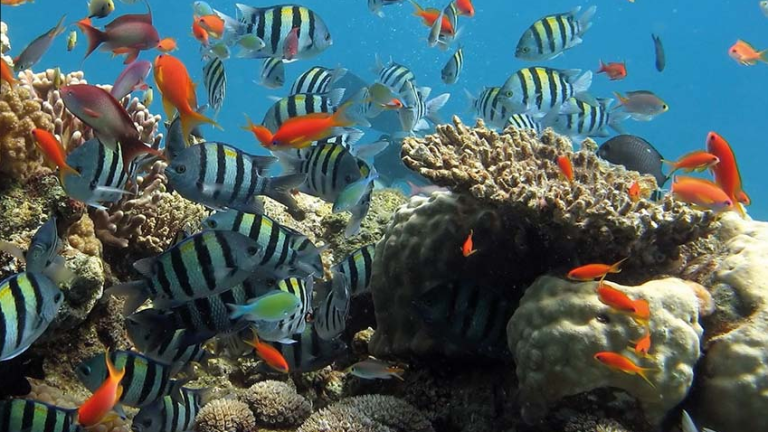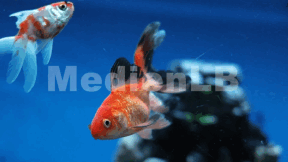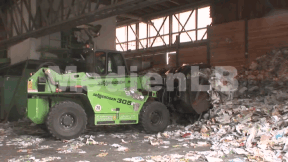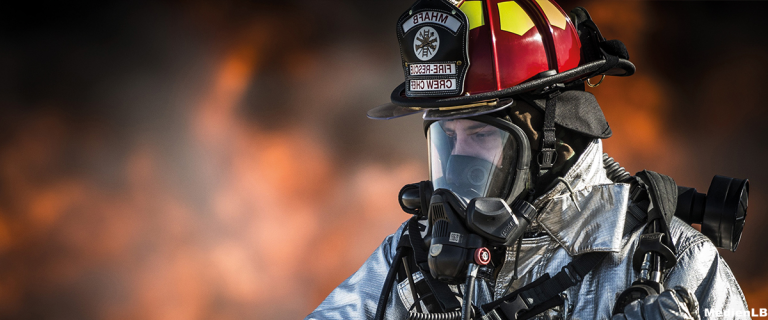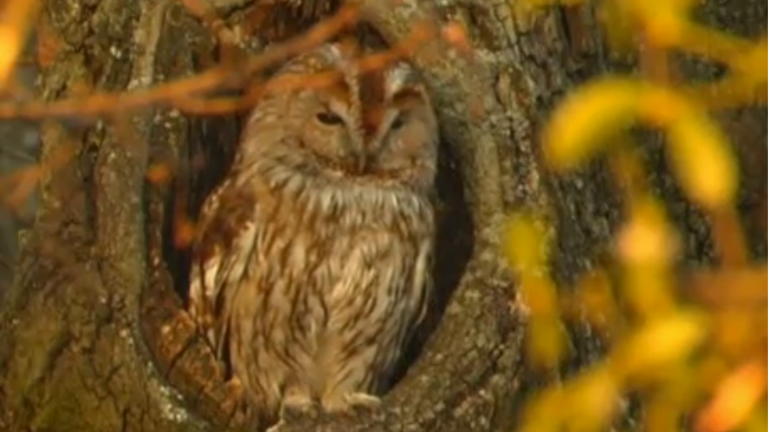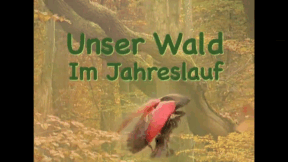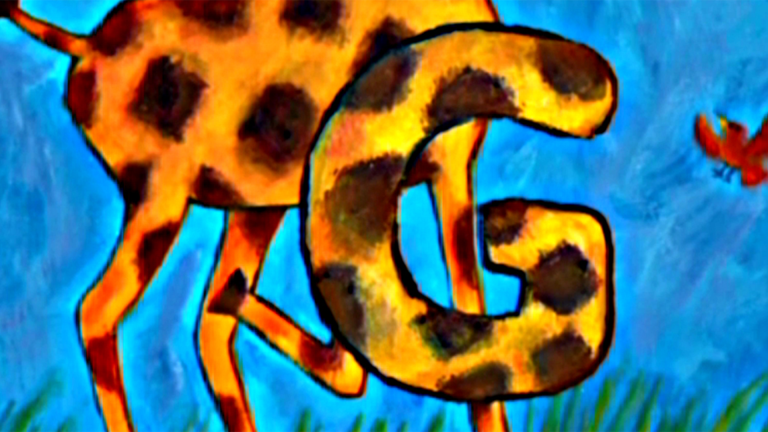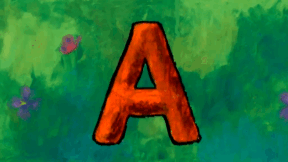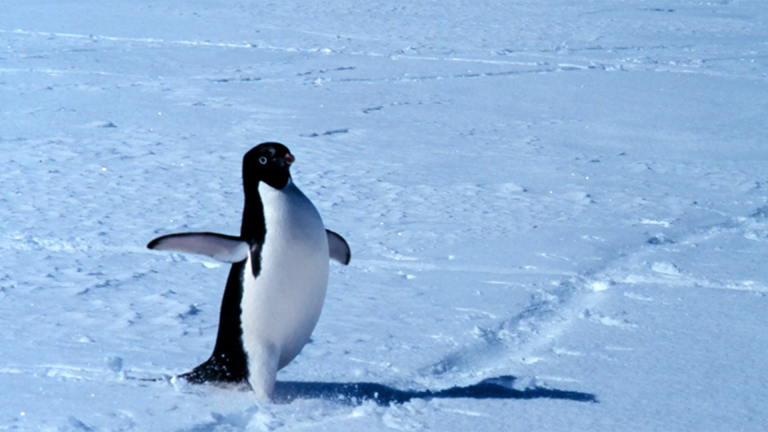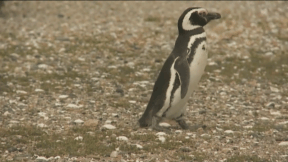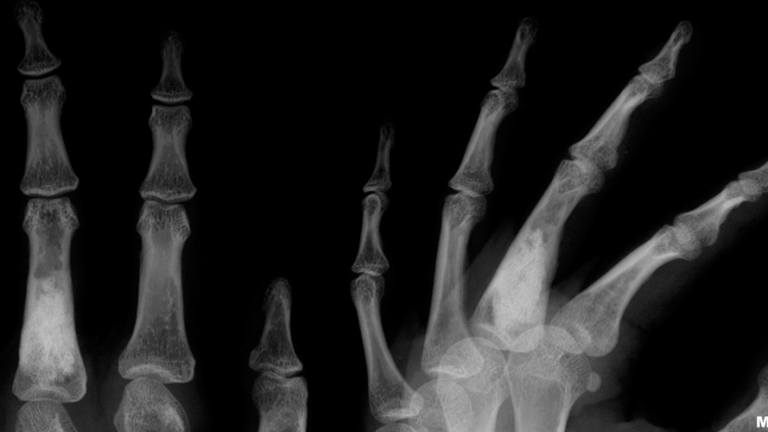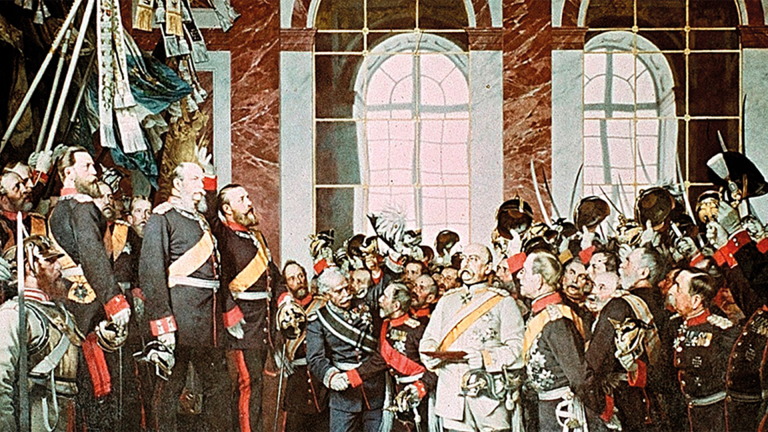Suche:
- # Artistry
- # Biology
- # Chemistry
- # Ecological
- # Economy
- # English
- # Foreign Language
- # Geography
- # German
- # Health
- # History
- # Informatik
- # Latin
- # Mathematics
- # Media Education
- # Music
- # Physics
- # Politics / Civics
- # Preschool
- # Primary School
- # Religion
- # Society
- # Sports
- # Technology
- # Training of Teachers
- # Vocational Education
Aquarium
Ein Aquarium ist das Modell einer Unterwasserlandschaft – es gibt sie mit Meer- und mit Süßwasser gefüllt.
Learn moreRecycling
The best waste is the one that never arises in the first place or that can be avoided.
Learn moreTextiles
When we hear the word “textiles“, we automatically think of things we put on – such as shirts, trousers, pullovers, caps or other things to wear. But there are far more textiles in our everyday lives. Actually, the word textiles means that these are generally things or goods made of single fibres or threads or yarns. For a long time now, we have not been using textiles for clothing only, but also in many other different domains of our lives. Every day, we use various household textiles at home – they range from the fabric sofa to the towel we dry ourselves with after washing or bathing. But today, modern textiles are also used as construction material – for example to make cars or bikes. These vehicles are particularly energy efficient because textiles are significantly lighter than metal.
Learn moreThe Forest
As a part of the natural landscape in which our children grow up, the forest with its flora and fauna is an important subject in primary school teaching. The focus of the systematic discussion of this versatile habitat is, of course, the children’s spontaneous, all-round experience of the forest. However, in particular with the animals and birds of the forest, it is not always easy to enable the children to have a real-life encounter. This DVD is aimed at helping the children to get familiar with the forest habitat in the course of a year. The film addresses the following topics: Early bloomers, courtship and breeding behaviour of selected forest birds, ground dwellers, the badger family, the fat dormouse family, forest fruits and the forest in winter. The DVD is excellently suited either as an introduction to the topic of forest or as a tool offered to the children for individual tasks or project work.
Learn moreA wie Affe, B wie Bär
Wir, Tiere der Welt, manche groß, manche klein, laden dich ganz herzlich zu uns ein.
Learn morePenguins
When we hear the word “penguin“, we immediately think of animals living in the cold and ice world of Antarctica near the South Pole. However, this is not the whole truth. All of the various species of penguins do indeed live in the Southern Hemisphere but their habitats are not limited to the Antarctic region.
Learn moreX-Radiation
They are enormously rich in energy and easily penetrate the body but in spite of this, we can neither see nor feel them: X-rays work in secret.
Learn moreFootball
Football is fun and fascinates people all over the world. Whether professionals or amateurs, male or female, players fight for each ball and for victory. Football is played internationally in accordance with uniform rules. These are clearly explained in the film. What do the markings on the pitch mean? When is there a goal kick, when a free kick, a penalty kick, a throw-in etc.? We see the referees at work and learn about the meanings of their signals.
Learn moreEnergy-saving Lamps
Energy-saving lamps are energy-efficient illuminants which will step by step replace energy-intensive illuminants. This replacement has been laid down in an EU framework directive. This directive has resulted in two laws, according to which, for example, conventional light bulbs are to be replaced by energy-efficient lamps such as compact fluorescent or halogen lamps.
Learn moreOtto von Bismarck
Otto von Bismarck war der prägende Staatsmann im Europa der zweiten Hälfte des 19. Jahrhunderts. Seine Persönlichkeit, sein innen- und außenpolitisches Handeln und die Bewertung durch die Nachwelt sind indes sehr widersprüchlich.
Learn more



